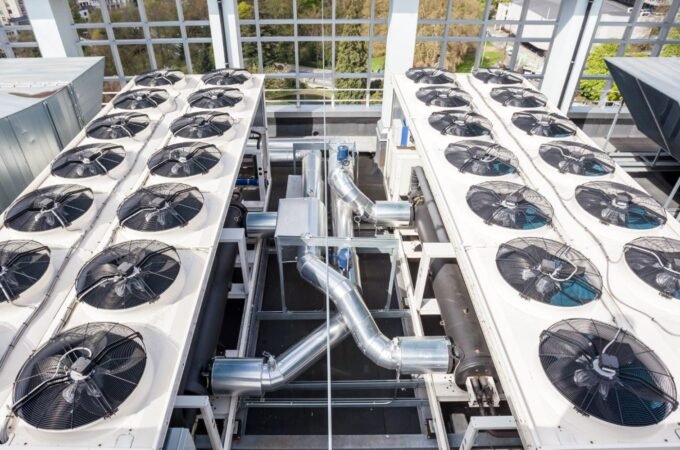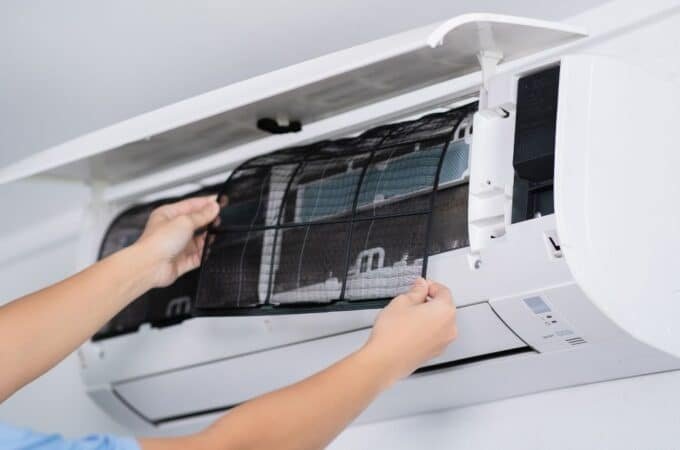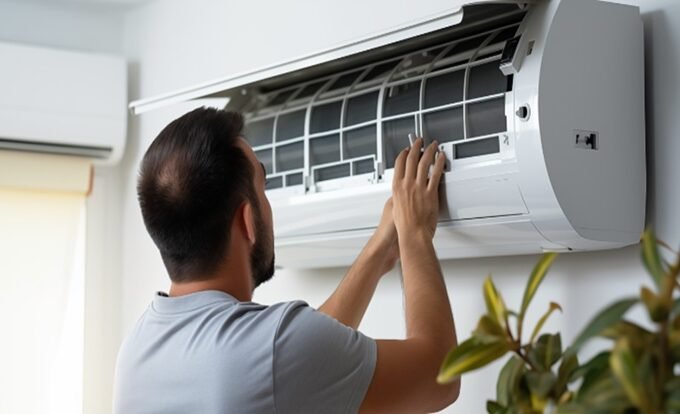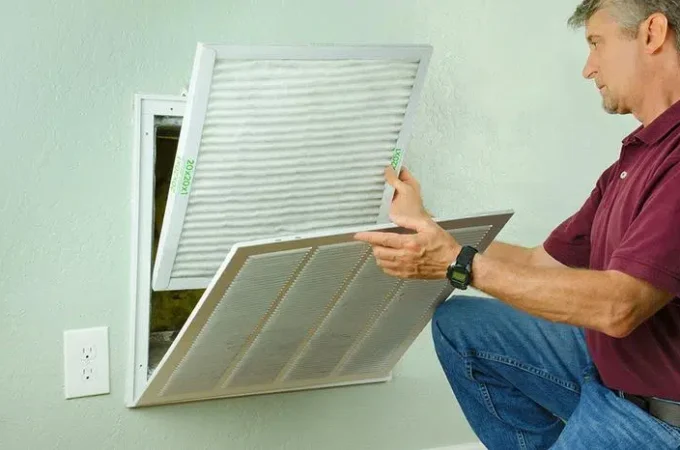
Understanding SEER and EER Ratings for HVAC Systems
When selecting an HVAC system, understanding efficiency ratings is crucial for making informed decisions. Two key metrics that provide insights into the efficiency of air conditioning units are the Seasonal Energy Efficiency Ratio (SEER) and the Energy Efficiency Ratio (EER). In this guide, we’ll delve into the significance of SEER and EER ratings and how they impact the performance of HVAC systems, expert guidance and HVAC repair in Chula Vista.
Table of Contents
ToggleSEER (Seasonal Energy Efficiency Ratio):
SEER measures air conditioners efficiency over an entire cooling season. It calculates the ratio of the total cooling output provided by the system to the total electric energy input during the same period. The higher the SEER rating, the more energy-efficient the air conditioner is.
Interpreting SEER Ratings:
SEER ratings typically range from 13 to 25, with higher numbers indicating greater efficiency. The minimum SEER rating mandated by current energy standards is 13. However, homeowners may opt for units with higher SEER ratings for enhanced energy savings and environmental considerations.
Energy Savings:
Upgrading to a higher SEER-rated system can result in significant energy savings over the long term. While such systems may have a higher initial cost, the reduced energy consumption can lead to lower monthly utility bills.
Environmental Impact:
A higher SEER rating also contributes to a reduced environmental impact. Energy-efficient systems consume less electricity, lowering greenhouse gas emissions and a smaller carbon footprint.
Government Standards:
Government regulations often establish minimum SEER requirements for new HVAC systems. Staying informed about these standards ensures compliance with energy efficiency guidelines.
EER (Energy Efficiency Ratio):
While SEER provides a comprehensive measure of efficiency over a season, EER focuses on the efficiency of an air conditioner under specific conditions.
Specific Performance Metrics:
EER is calculated by dividing the cooling output by the electrical input when the system operates under fixed conditions, typically 95°F outdoor temperature and an indoor temperature of 80°F.
Real-Time Efficiency:
Unlike SEER, which considers a range of operating conditions, EER provides a snapshot of the system’s efficiency at specific moments. This real-time metric is valuable for understanding how well the unit performs in high-temperature conditions.
Ideal for Certain Climates:
An air conditioner with a higher EER may be more suitable in regions with consistently high temperatures. This ensures efficient cooling during peak heat periods.
Choosing the Right System:
Balancing SEER and EER:
When selecting an HVAC system, it’s essential to balance SEER and EER ratings. Consider local climate, average temperatures, and your specific energy efficiency goals.
Cost Considerations:
While higher SEER and EER ratings offer energy savings, weighing these benefits against the system’s initial cost is crucial. Calculate the potential return on investment through reduced energy bills over the system’s lifespan.
Professional Guidance:
For optimal system selection and HVAC repair in Chula Vista, consult with professionals who can assess your needs and provide recommendations tailored to your home or business.
Conclusion:
Understanding SEER and EER ratings is essential for making informed decisions when choosing an HVAC system. For expert advice and HVAC repair, visit www.furnace-repair.net. By considering SEER and EER, homeowners and businesses can select energy-efficient systems that align with their climate, usage patterns, and long-term sustainability goals. This informed approach enhances comfort and contributes to energy savings and environmental responsibility.
Mark Ligon is the Marketing Manager at a leading e-commerce store in plumbing supply. Mark focus is on DIY projects and providing creative and practical advice to individuals looking to complete DIY projects of their own






